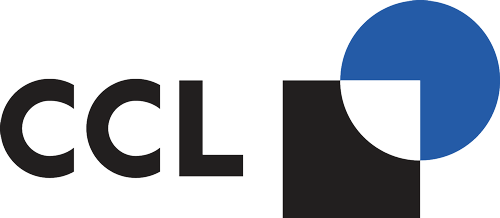CCL Container, the leading producer of rigid aluminum packaging in North America, is now capable of providing its aluminum-packaging customers with another means of distinguishing their products from those of their competitors in the form of debossing an image into the container. Debossing is an inline process that is performed while the container is still in the cylindrical form.
According to John Bischoff, Research & Development Manager, debossing is done within CCL’s necking machines prior to the forming of a container’s shoulder. “Currently we can deboss two sides of a container,” says Bischoff, “within an area approximately 50mm from the bottom of the container.”
Charlie Herrmann, Vice President of Sales and Marketing for CCL, indicated that debossing provides many unique design advantages including providing a tactile feel to the container, the ability to accentuate a graphic or logo and even act as an anti-counterfeit feature. “Marketers revitalizing existing brands and introducing new products are showing considerable interest in the many advantages of our debossing capability.”
When asked about the cost of debossing, CCL indicated that the cost depends entirely on the container’s diameter, deboss size and its location, but that it is an economically viable option for most marketers given the fact that it is an inline process.
CCL Container, a premier aluminium bottle manufacturer, has been a driving force in the production of aluminum packaging as an alternative to glass and plastic for nearly a decade. Debossing is currently the most unique decorative option offered by CCL. A major advance in providing marketers with a competitive edge came with the company’s perfection of top-to-bottom shaping, bringing a new dimension to container aesthetics and ergonomics. New curves and contours complement the high-impact graphics made possible by the advanced inline printing systems at CCL, which have become one of the company’s recognized strengths industry wide.
